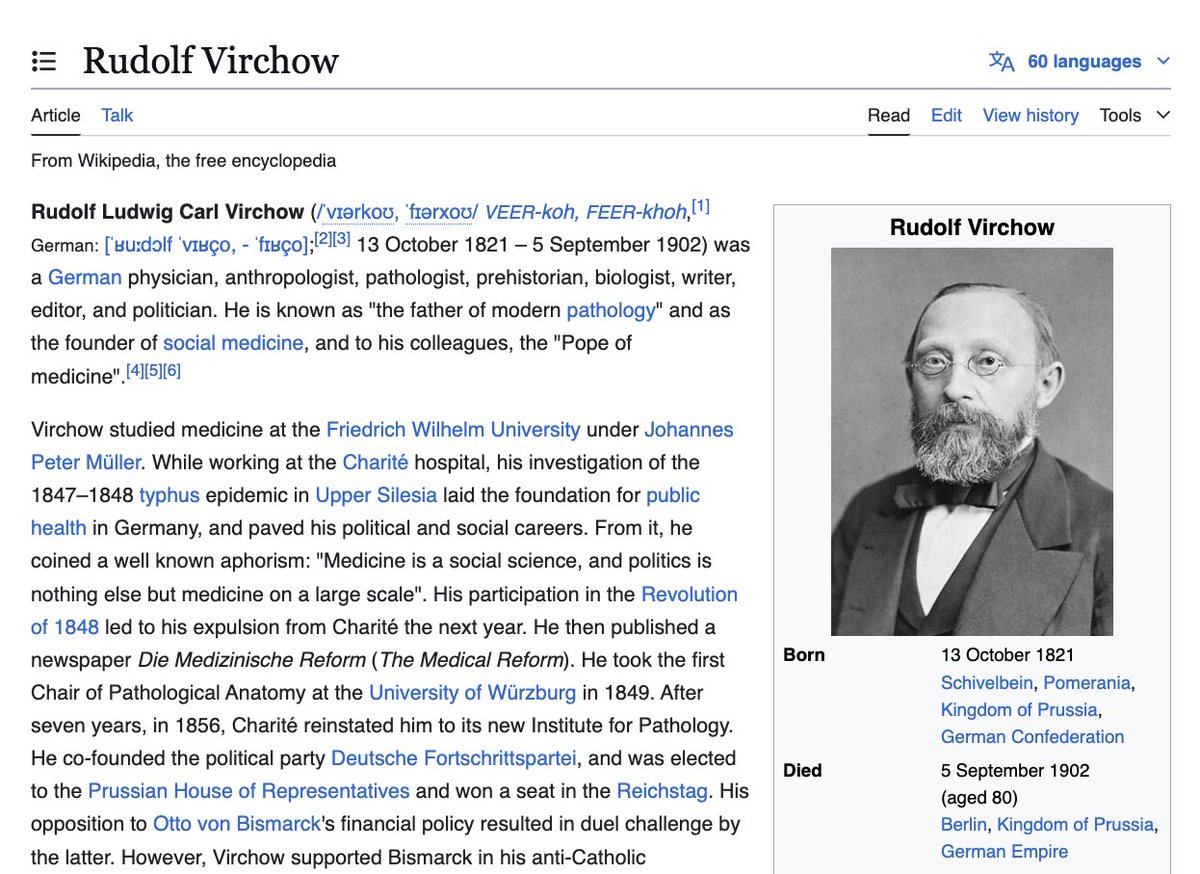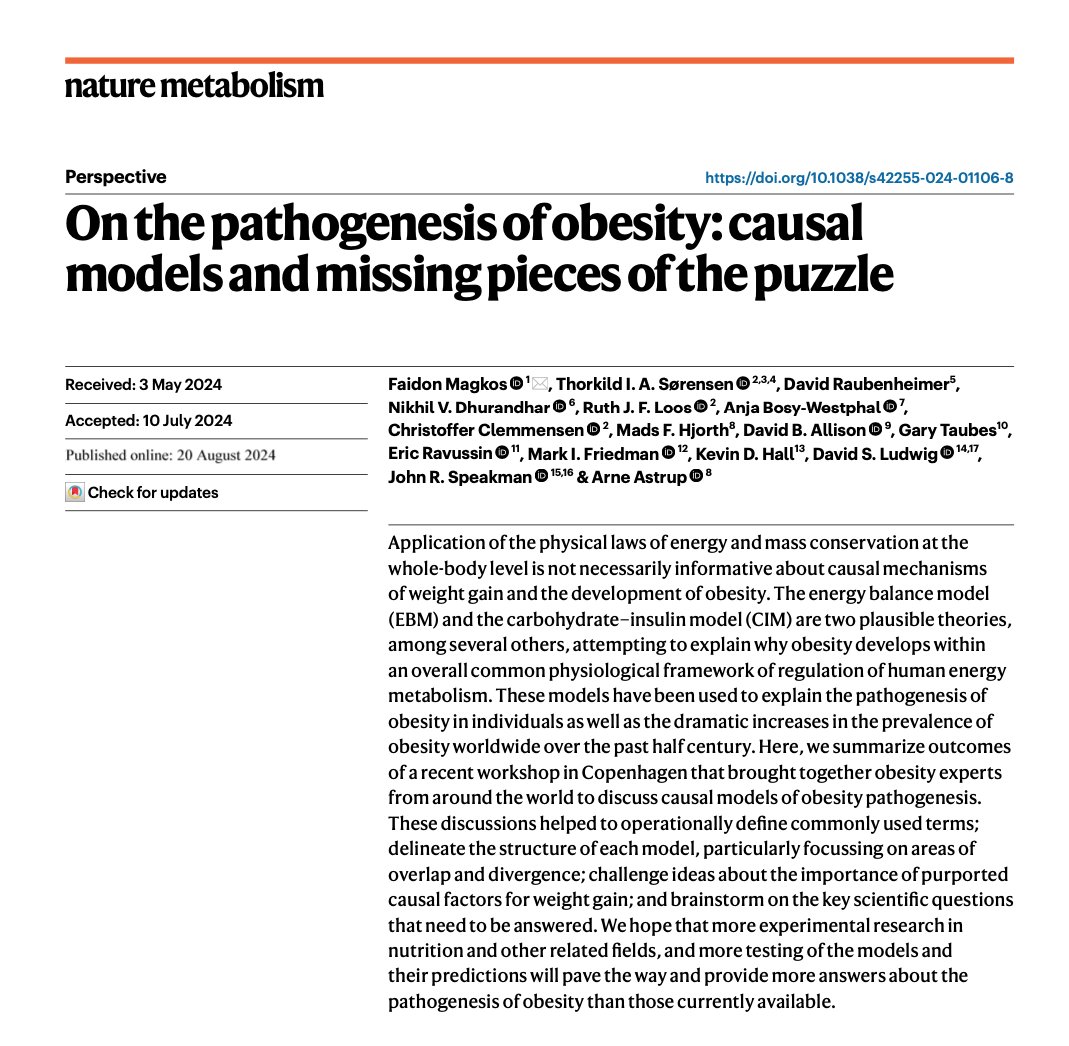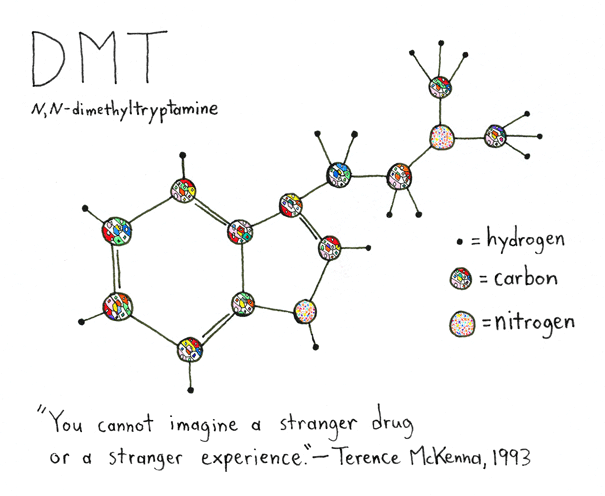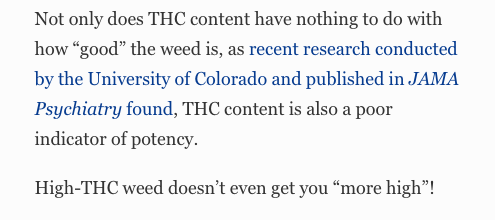
Neuroscience, endocrinology, evolution & behavior (PhD) |
Food, drugs, ideas: what you consume becomes who you are |
My stuff: https://t.co/uEmvIgvBo7
How to get URL link on X (Twitter) App


https://twitter.com/trikomes/status/1866931314743709934The paper references Virchow, who originally proposed that cancer represents a chronically inflamed, poorly healing wound.


https://twitter.com/trikomes/status/1831775669979902003

 Two views of how obesity arises:
Two views of how obesity arises:




 Various small molecules, from endogenous neurotransmitters like serotonin to tryptamine #psychedelics, activate 5HT2A receptors... and yet they can lead to very different effects.
Various small molecules, from endogenous neurotransmitters like serotonin to tryptamine #psychedelics, activate 5HT2A receptors... and yet they can lead to very different effects.

 Fluvoxamine does this by inhibiting a cytochrome P450 enzyme that metabolizes caffeine. Caffeine levels remain elevated for way longer than normal.
Fluvoxamine does this by inhibiting a cytochrome P450 enzyme that metabolizes caffeine. Caffeine levels remain elevated for way longer than normal.

 There are other plasticity-promoting psychoactive drugs, such as SSRIs, that are not psychoplastogens because they induce plasticity on a slower time scale (weeks).
There are other plasticity-promoting psychoactive drugs, such as SSRIs, that are not psychoplastogens because they induce plasticity on a slower time scale (weeks). 


 Background:
Background: 






 2/n, Remember, this a preprint, so hasn't been peer-reviewed and people are rushing to get #COVIDー19 related studies out ASAP. Let's briefly look at what they did and some results. Are the experiments/results compelling, or is this an absurd rush job (place your bets now!) ...
2/n, Remember, this a preprint, so hasn't been peer-reviewed and people are rushing to get #COVIDー19 related studies out ASAP. Let's briefly look at what they did and some results. Are the experiments/results compelling, or is this an absurd rush job (place your bets now!) ...